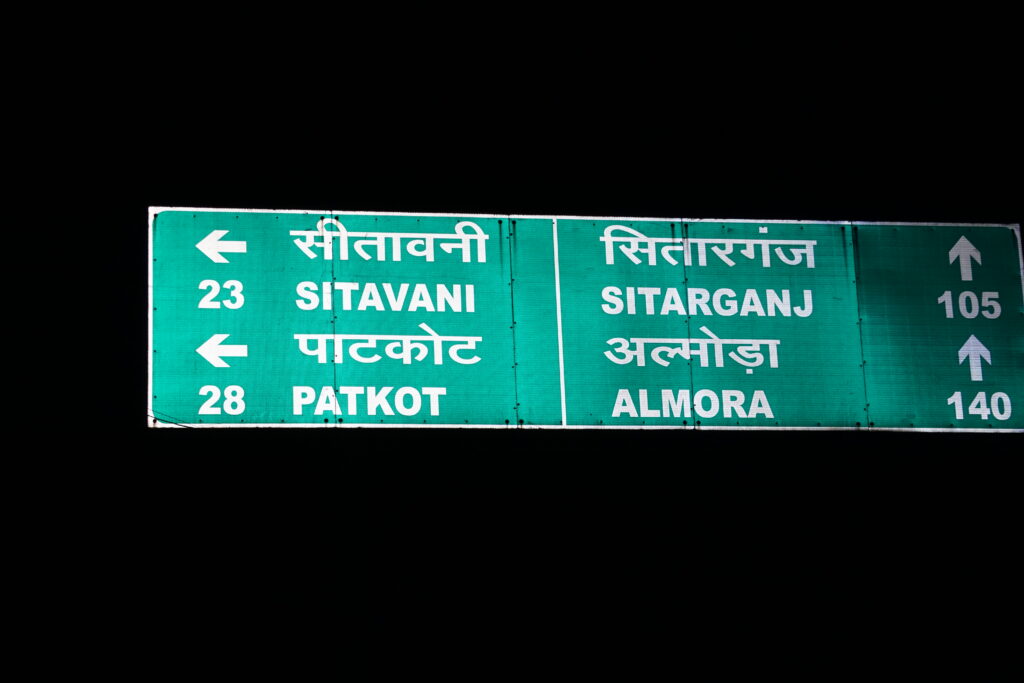The Sitabani Forest Zone, often known as a landscape area, is part of Corbett Park and is well-known for its famous tourist spots and nature walks. Sitabani is not covered by the laws and regulations of the Corbett Tiger Reserve (CTR) because it is a hard forest region. The Sitabani region has become a well-liked walking destination for tourists because of the Hindu Epic Ramayana’s thorough description of it. The mythology states that goddess Sita, the spouse of Lord Rama, was banished and spent several days in the Sitabani wilderness. The entire jungle is supervised and maintained by the Archaeological Survey of India (ASI).
The Sitabani tourism zone welcomes safari trips throughout the year, and the number of gipsies that can visit the area is unrestricted. There is no permit available from Corbett Tiger Reserve Authority to enter this area. Rather, the Sitabani Forest Department authorises Jeep safaris in this area. It also boasts a well-known historic temple honouring Lord Shiva. The Sitabani contains tiny streamlets that provide tourists passing by with pleasant places to relax, In addition, this region is well-known for a nearby river that is in full flow and draws lots of visitors. After an exhausting safari experience, the peaceful riverbank is a great place to unwind.
It is thought that Ma Sita came to the Sitabani woodland with her sons Luv and Kush and spent some time there. Her memory is honoured by a temple situated in the Corbett Tiger Reserve; hence, the area has been called ‘Sitabani’, which translates to ‘Deity Sita’s Forest, Ancient artefacts such as amlaka stones, a headless Ganesha sculpture, a doorjamb, and carved slabs may be found in close proximity to the present temple, indicating the place’s age. It’s crucial to understand, though, that the temple that stands now was not constructed during antiquity. These are the explanations behind the temple’s fame among residents and visitors alike.
The Sitabani forest region is renowned for its wide range of plant life. More than 600 different types of trees, shrubs, bamboo, herbs, grasses, orchids, woody climbers, and wetland vegetation can be found in this region. The evergreen flora of the Sitabani area includes sal, sheesham, kanju, dhak, haldu, peepal, mangoes, and rhini trees, among other significant trees, Aside from all of this, the Sitabani Forest serves as an excellent natural habitat for a wide range of wildlife, including king cobras, elephants, barking deer, Sambhars, and royal Bengal tigers. Sitabani is a birdwatcher’s paradise.
Forest Rest House in Sitabani Zone
Constructed in 1940, Sitabani Forest Rest House is among the ancient forest rest houses. Sitabani FRH is situated on a hilltop at an elevation of 515 meters, 27 miles from Ramnagar city along the Powalgarh Road. From Bhandarpani to Sitabani, you can also travel the woodland road. The FRH property has a watchtower that is great for bird watching. The FRH, which contains a sulphur spring as well, is near the historic Sitabani Temple, which is classified as a national monument by the Archaeological Survey of India. The woodland surrounding the FRH contains a number of caves

